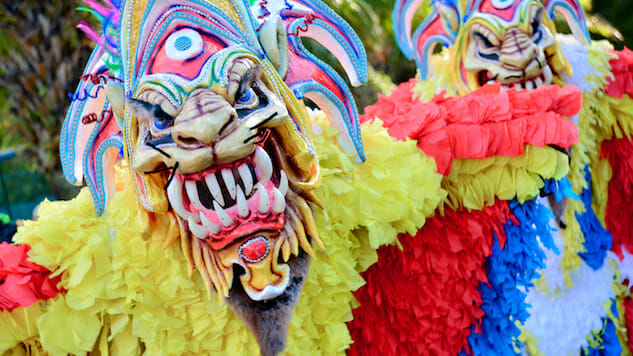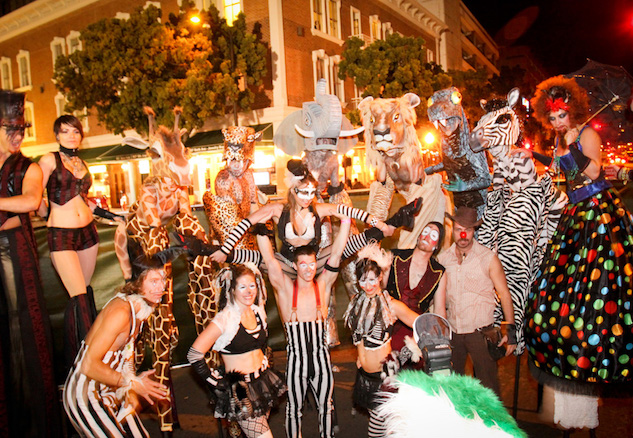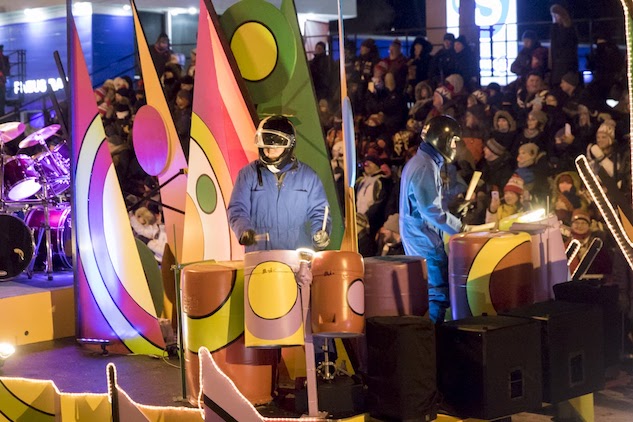Mardi Gras Beyond New Orleans and Rio: 5 Alternative Destinations for Carnival
Main photo by Tropical Pictures
Parades, music, symbolic and colorful masks, and costumes that can take a year to make are all a big part of Carnival and Mardi Gras revelries, traditionally held on the days before Ash Wednesday, the first day of Lent.
Mardi Gras is French for “Fat Tuesday,” named for the day before the beginning of Lent, the Christian season before Easter that involved periods of fasting. The theory was, before giving it up, you fill up on those fatty foods. The religious origins have evolved (or devolved, depending upon your perspective) into enormous parties. And while Rio and New Orleans may have the most famous parties, here are five less hyped destinations that know how to celebrate Carnival just as well.
1. Dominican Republic
In the Dominican Republic, festivities are held throughout the country—with La Vega and Santo Domingo holding the biggest parties—every February weekend, culminating with celebrations of Dominican Independence Day Feb. 27. It’s a tradition that some say has been around since the early 1500s. If you can’t make it to the island February, Barceló Bávaro Beach Resort in Punta Cana hosts its own Carnival event March 1-3 with many of the country’s best musicians and dancers on parade.
2. San Diego, California

Photo courtesy of Be Water Photo
From 5 p.m. to midnight on fat Tuesday itself, the 16 blocks of San Diego’s historic Gaslamp Quarter are transformed into a 21+ block party. Along with drink and food specials, the tens of thousands of visitors get to dance to bands and DJ’s at five stages. At 9 p.m., a New Orleans inspired parade (lots of thrown beads, masks, feathers and skimpy clothing) makes its way down fifth Avenue.
-

-

-

-

-

-

-

-

-

-

-

-

-

-

-

-

-

-

-

-

-

-

-

-

-

-

-

-

-

-

-

-

-

-

-

-

-

-

-

-









































